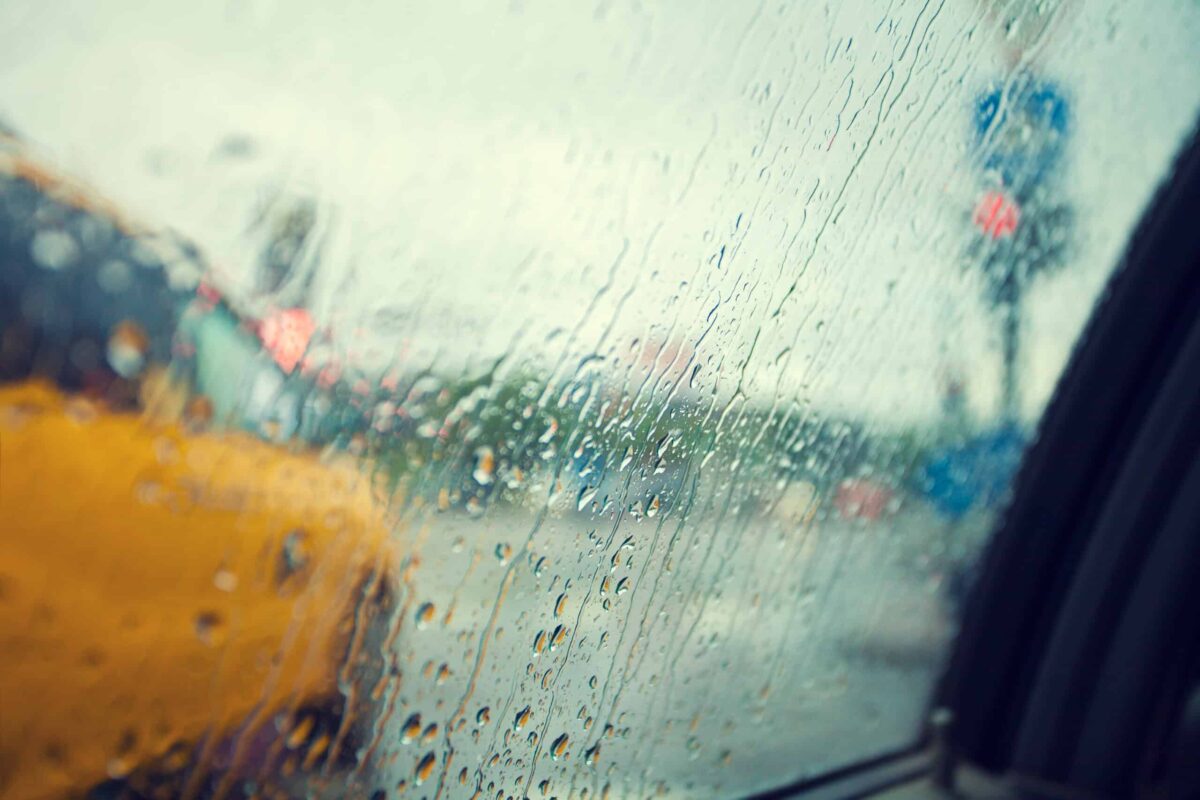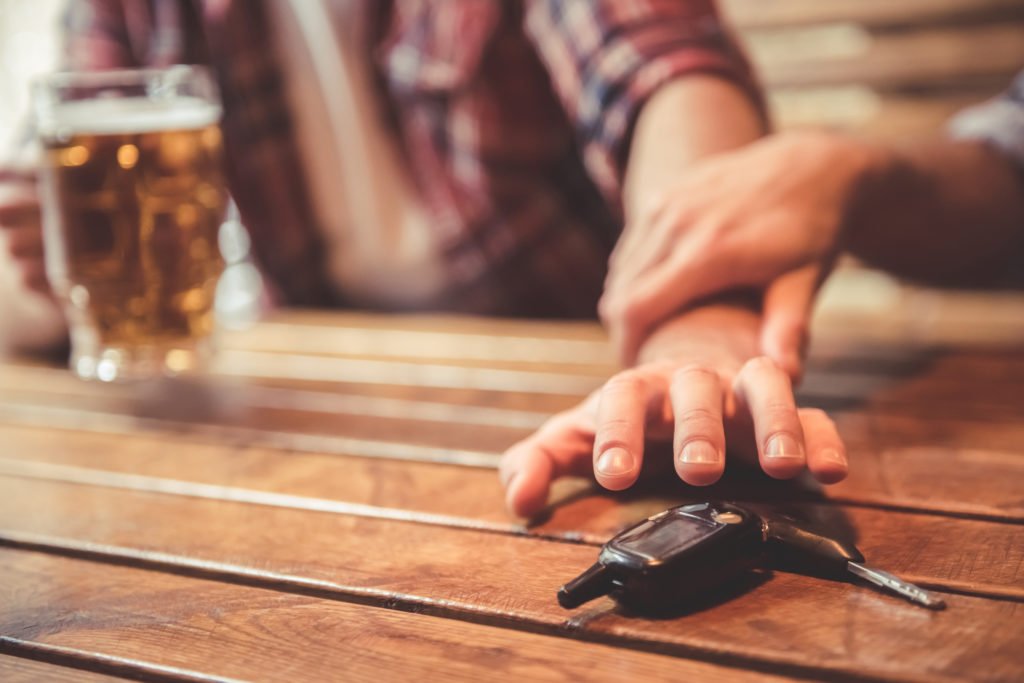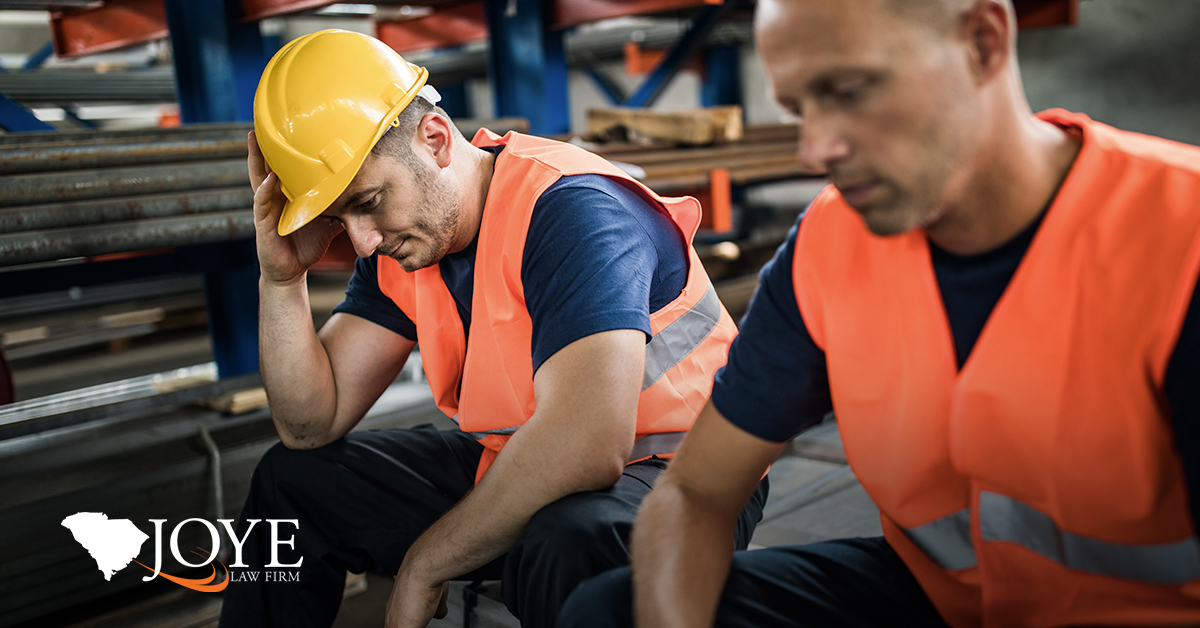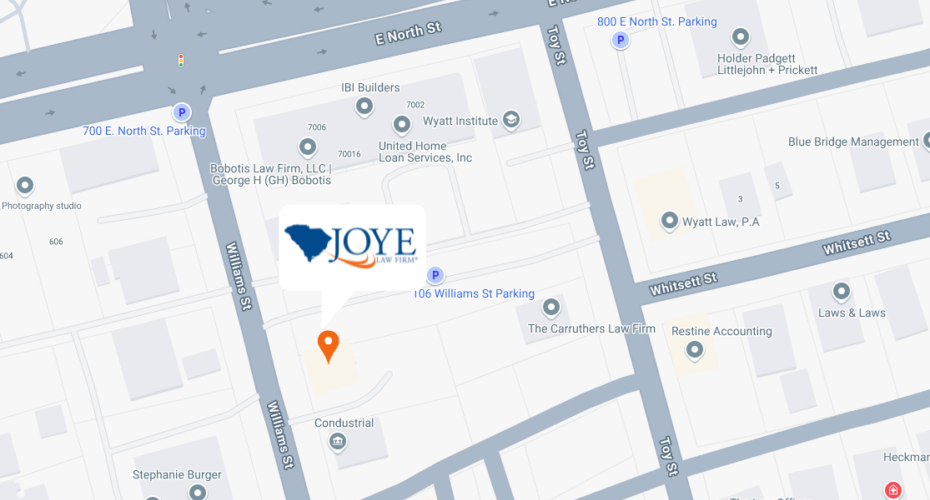
It can be terrifying to feel your car losing traction and skidding across the road. Your first instinct might be to aggressively turn your steering wheel in the opposite direction or to slam on your brakes. However, these maneuvers can worsen the situation and lead to an accident.
Knowing what to do if your vehicle starts to skid is critical to reducing the chances of an accident. Most importantly, do not panic. You need to maintain control of your vehicle by taking appropriate actions. Below we’ll discuss the primary causes of skidding, who is at fault for an accident involving skidding, and what to do if your car starts to skid.
If you have been injured in a crash caused by a driver who lost control of a skidding vehicle, contact Joye Law Firm for a free consultation. We will help you free of charge to understand your legal rights and the next steps to take. You may have a right to seek compensation for your medical bills.
What Is Skidding?
Skidding occurs when a vehicle’s tires lose their grip on the road surface, causing the car to slide across the road. Skidding is categorized by the wheels that lose traction:
- Four-wheel skid– A four-wheel skid happens when all four tires lose grip with the road, such as when a car hydroplanes and spins across the road out of control
- Front-wheel skid– A front-wheel skid involves only the front two tires. The front of the car slides on the road in one direction. It commonly occurs on icy roads or wet pavement when a driver turns too quickly.
- Rear-wheel skid– A rear-wheel skid occurs when the back wheels lose traction. It is also called fishtailing.
What Causes Skidding?
Skidding can occur under many circumstances, often involving driver error. Some of the most common causes of skidding include:
- Accelerating too fast, causing the tires to spin
- Braking too hard, causing the wheels to lock and lose traction
- Driving too fast in dangerous road conditions
- Turning the steering wheel too hard, which causes the tires to lose their grip on the road
- Ice, rain, and standing water on the road can result in a type of skidding often referred to as hydroplaning
What is Hydroplaning?
Hydroplaning happens when a vehicle’s tires cannot grip the road surface because of a thin layer of water covering the road. This causes the vehicle to slide or spin out, typically resulting in a dangerous loss of driver control that can lead to accidents.
What To Do if Your Car Begins to Skid
Knowing what you do when your car skids can help you reduce the chance of a crash. If your vehicle begins to skid, keep the following steps in mind:
- Take your foot off the gas pedal but don’t slam on the brakes.
- Steer into the skid by turning the steering wheel in the direction the vehicle is skidding. While this may seem counterintuitive, it should bring the wheels back into alignment and allow you to regain traction.
- Don’t overcorrect your steering. Pulling hard in the opposite direction risks causing your vehicle to fishtail.
Tips for Preventing Skids
You can take the following steps to reduce the chances of a skidding accident:
- Ensure the treads on your tires are adequate to grip the road properly
- Keep your tires maintained, rotate them on a regular schedule, and replace them when necessary
- Drive slowly when the road is wet or has a coating of snow
- Slow down while approaching a bend, curve, or sharp turn
- Never drive through standing water or flooded streets
- Don’t use cruise control when it’s raining or snowing
- Always maintain a safe distance from the vehicle in front of you. Allow more following distance when driving on wet roads because it takes more distance to stop safely on wet pavement.
Who Is At Fault if You Are in a Car Accident Because of Skidding?
Typically, the driver of a skidding car is at fault for an accident. Driver error and other behaviors, such as driving too fast for the road conditions and turning too quickly, commonly result in skidding and auto accidents. If a driver drives too fast for road conditions, starts skidding, and causes a crash, that driver will likely be liable for the accident.
However, there are times when other drivers might also be responsible for a skidding-related crash. For example, if a driver makes an improper lane change and caused you to turn sharply and lose control, the driver who made the improper lane change may be liable for the accident. It would require a detailed analysis of the chain of events leading to the accident.
Contact the Experienced South Carolina Car Accident Lawyers
Skidding can result in serious car accidents that leave victims with devastating injuries. If you were hurt in a car accident caused by someone else’s careless driving in unsafe conditions, you may be entitled to pursue compensation for your injuries and other losses. You should not bear the financial burden of a car crash that was not your fault.
Our attorneys at Joye Law Firm have been representing injured people throughout South Carolina for more than 55 years. Our lawyers have more than 250 years of combined legal experience, giving us the knowledge and experience to take on even the most complex cases. We have recovered over half a billion dollars in verdicts and settlements for our deserving clients and would like to help you, too.
Call us at (888) 324-3100 or contact us online for a free consultation with one of our experienced South Carolina car accident lawyers. Let us review the details of your accident and help you understand the steps to take.







































